The Edinburgh Realty Blog
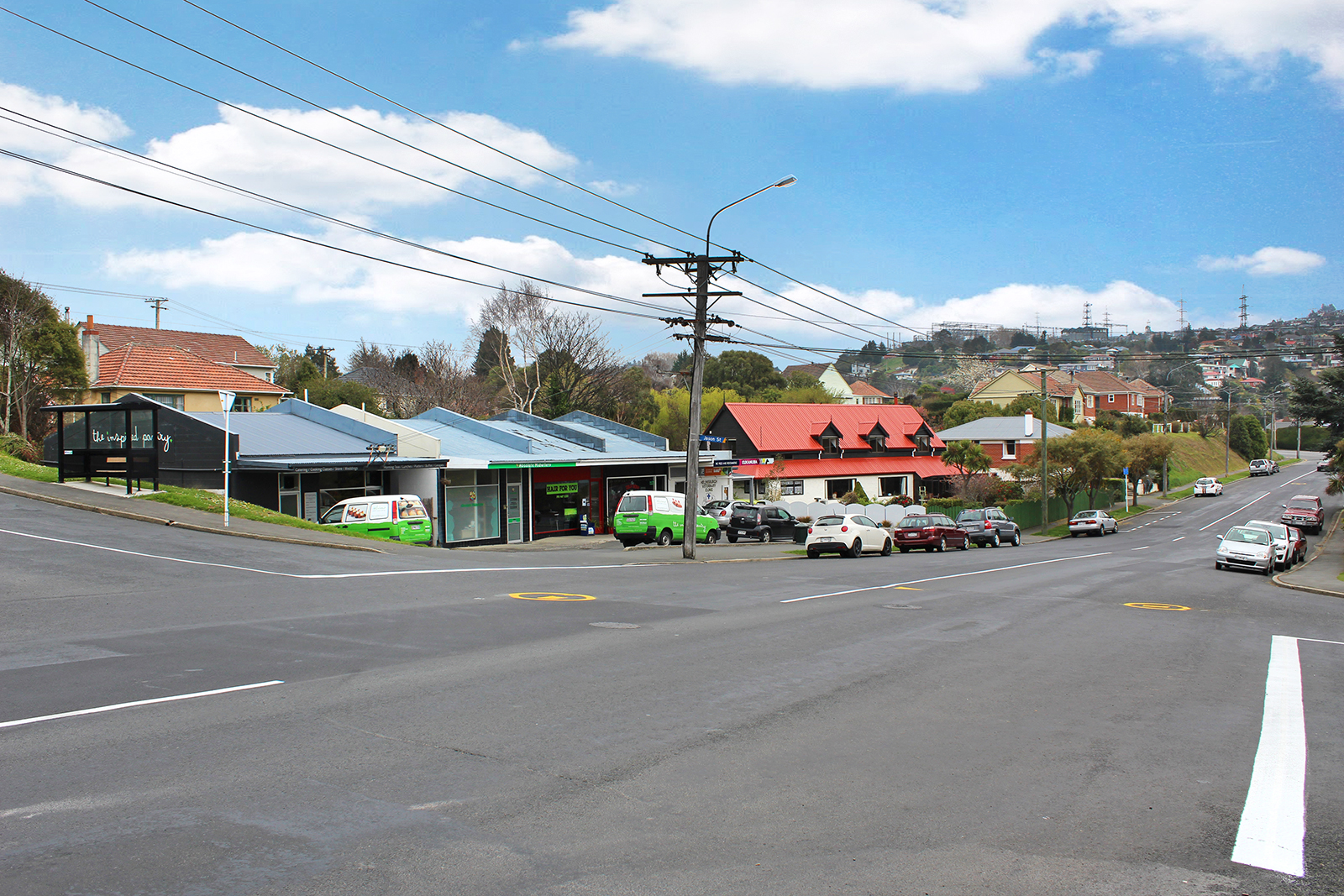
Helensburgh
Helensburgh sits on the outskirts of the city, with countryside only a couple of blocks away, plenty of bush and birdlife and great views across Balmacewen towards Mt Cargill and North East Valley. The result is that the 1000 residents have a wonderful feeling of space and nature.
Bordered by Wakari and Balmacewen Golf Course, Helensburgh is an easy 10 minute drive from Central Dunedin. It’s a quiet suburb, where the streets are mostly crescents and therefore not overly busy.
There is a small neighbourhood shopping centre, which includes a veterinary clinic and pet groomers, as well as a hairdresser and a catering company. Within walking distance, there is also a bakery, fish and chip shop, dairy and the Helensburgh Medical Centre.
Public transport is plentiful and some of Dunedin’s top schools are within walking distance.
From an insider
We chatted to a settled resident, happy to share her love for the suburb. “It’s very close to some of the best outdoor activities in Dunedin. We’re a five-minute drive to the Frasers Gully Track, the Redwoods and Whare Flat mountain-biking tracks, Ross Creek and both ends of the Pineapple Track."
“It’s quiet and a neighbourhood where I know my neighbours and will stop and chat.”
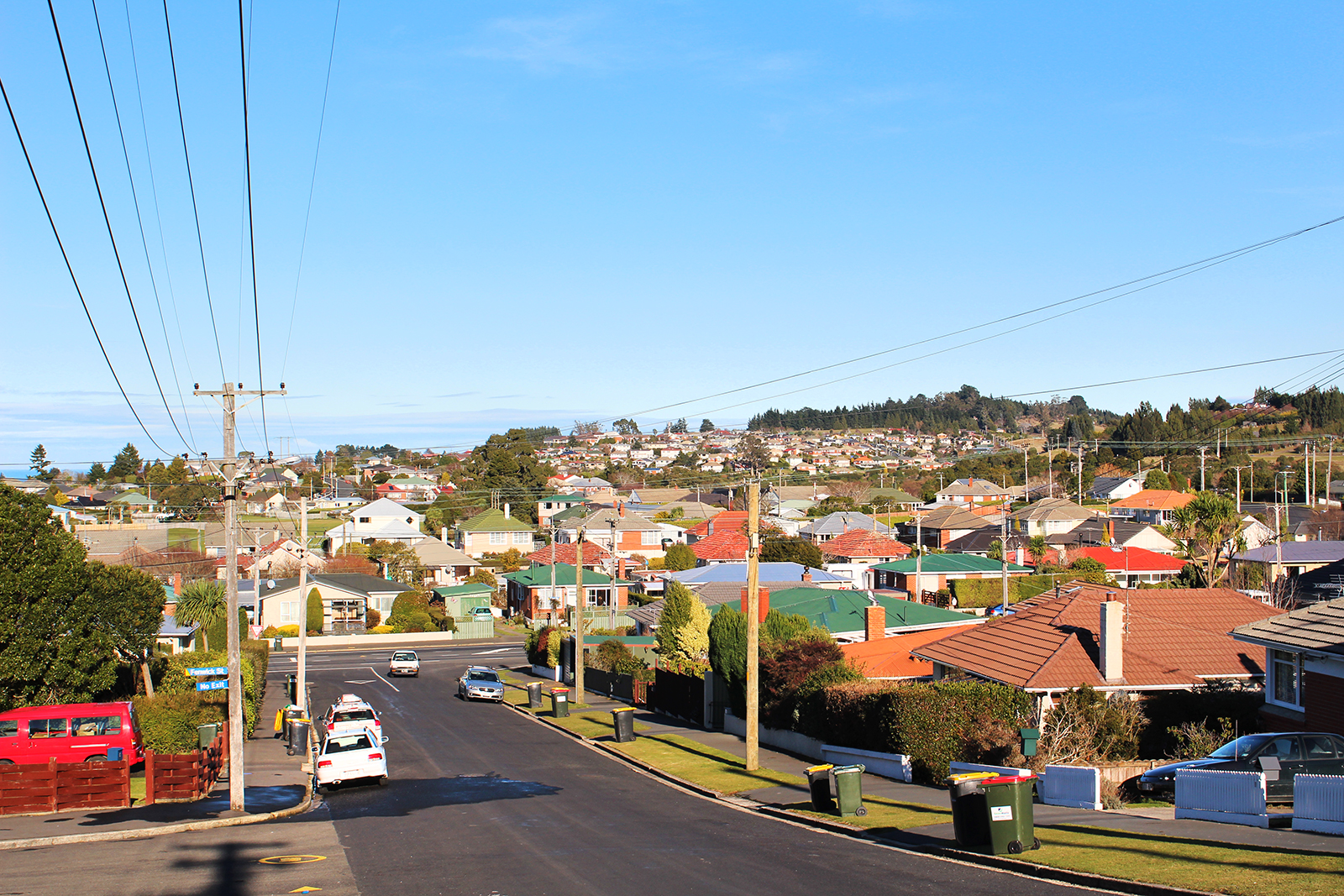
Halfway Bush
At 280m above sea level, Halfway Bush lies at the edge and top of Dunedin city – the last suburb before you hit Three Mile Hill at the end of Taieri Road.
It sits alongside lifestyle blocks, farmland and scenic reserve areas, with about 1860 people living in its quiet crescents.
Halfway Bush Primary School provides a community focal point. It has 51 pupils and proudly describes itself as “a small country school, located within the city limits”. Its large grounds also house a Kohanga Reo, playgroup and community hall.
Halfway Bush has its own dairy, situated at the top end of Taieri Road, and there is also a takeaways back towards town.
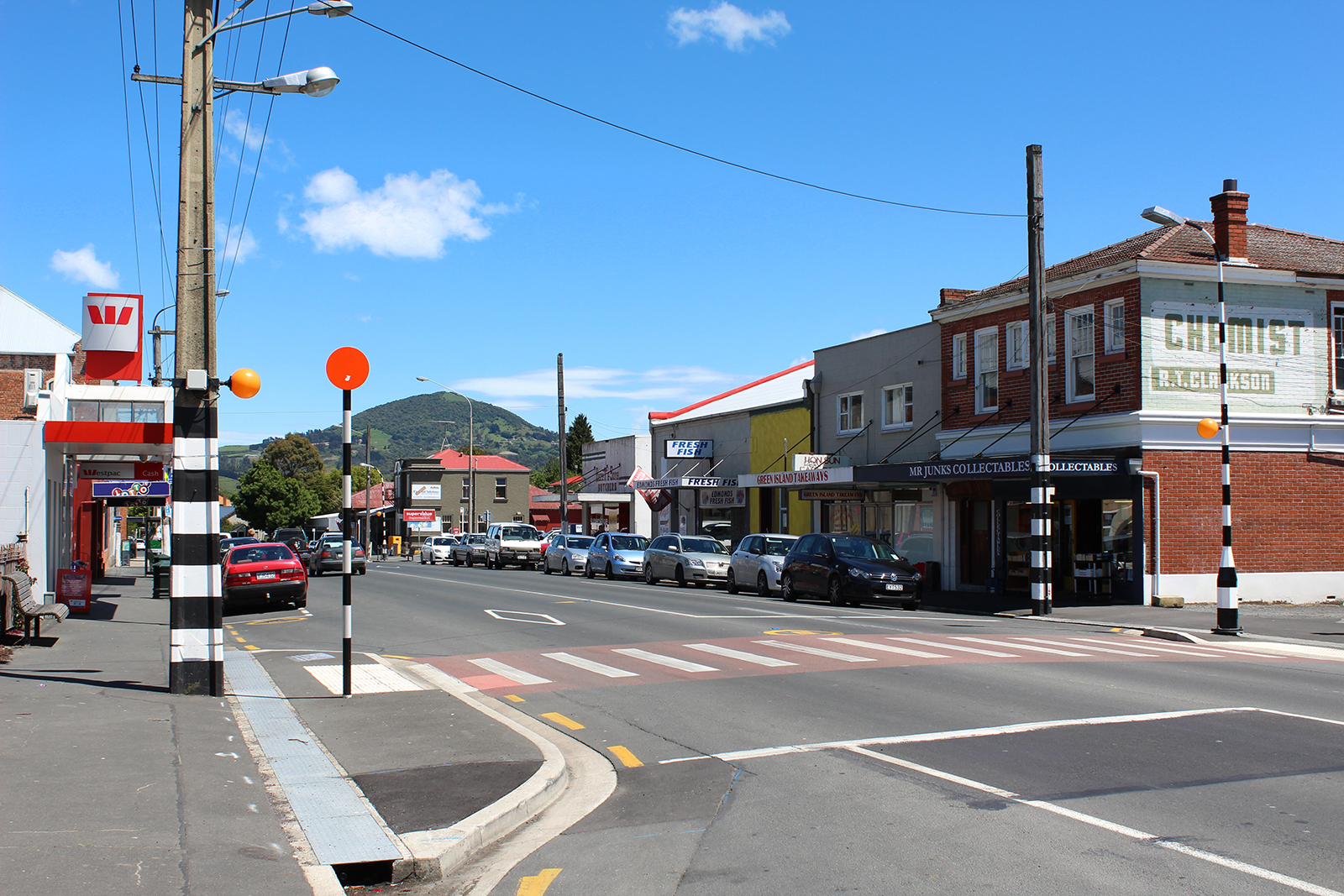
Green Island
Home to about 2,500 people, this outer suburb of Dunedin lies only eight kilometres west of the Octagon and is a quick drive into town along State Highway 1.
Green Island was first settled in 1848 and prospered, thanks to being on the main road to the Taieri and Otago Goldfields. It enjoyed another boom in the 1950s and 1960s, when new state housing developments saw families move into the area. These quality state-built houses remain a feature of the suburb today.
Green Island’s shopping centre includes a well-patronised supermarket, health services, cafes and a handful of retail shops.
With the Sunnyvale Park close by, the suburb boasts its own football, cricket and rugby club.
In case you’re wondering, the name “Green Island” relates to Green Island bush – an area of forest between the suburb and Blackhead.
Information courtesy of dunedinfamilyhistory.co.nz
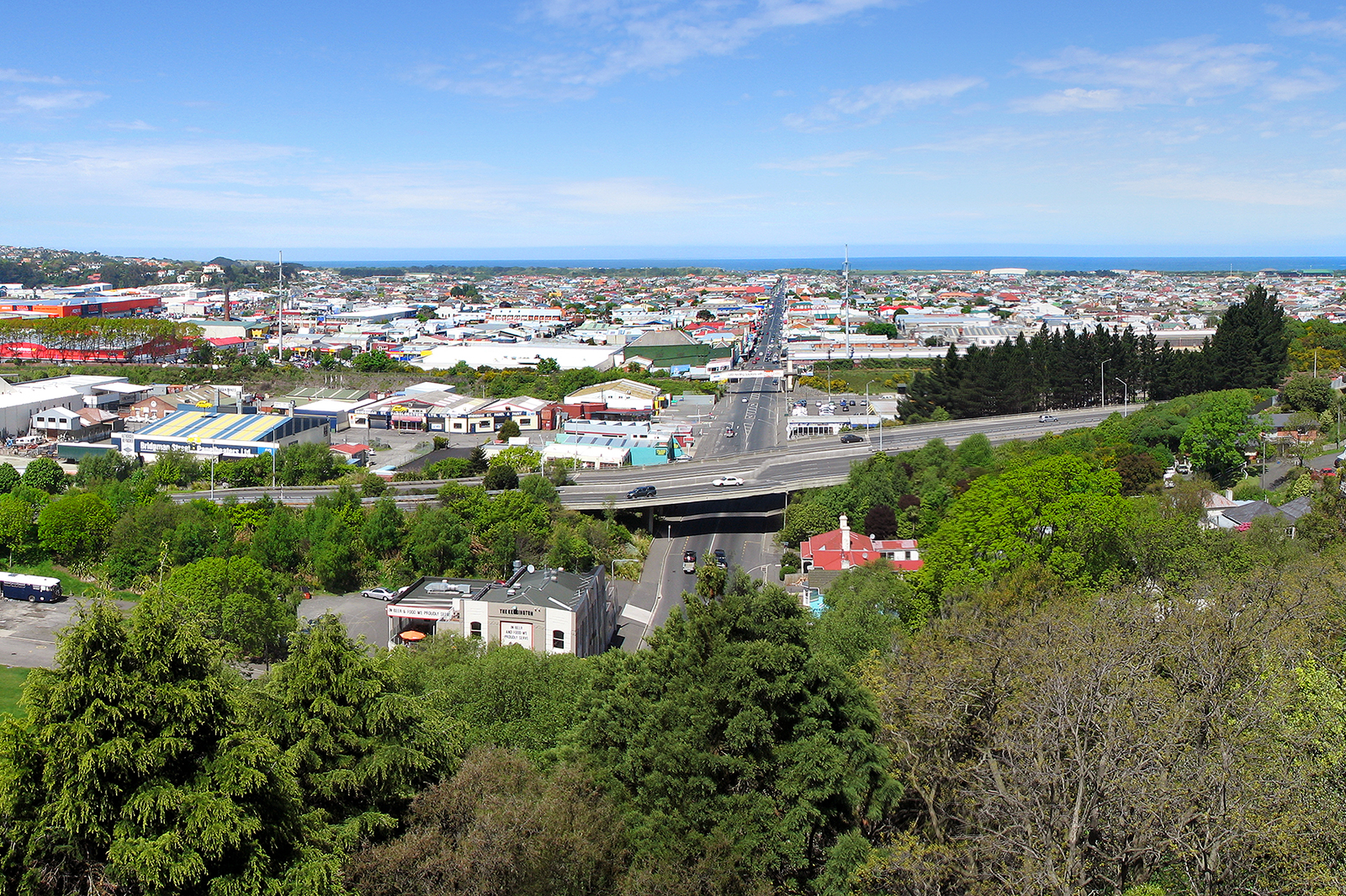
Dunedin South
South Dunedin has a rich history, which reflects its early settlement and importance to Dunedin.
It’s situated about 2.5 kilometres south of the city centre and its imperfect boundaries are essentially the Otago Harbour to the south and east, Caversham to the west and a ridge of hills to the north.
Its make up includes residential homes, retail shops and light industrial activity. With big names like the Warehouse, Mitre 10 Mega, Pak’n Save and Countdown, South Dunedin is considered the city’s second largest retail area. But these big stores are complemented by a stretch of retail shops along King Edward Street. It’s a great destination for finding treasures in the many second-hand shops and is home to Alex Campbell Menswear and Thomas Shoes.
The impressive Dunedin Gasworks Museum is a gem, along with an array of impressive churches, the historic Mayfair Theatre and, of course, the Hillside Railway Workshops.
Today, about 2400 people live in South Dunedin. In line with being one of Dunedin’s early suburbs, many of the homes are older, but therefore also more affordable. It has a strong sense of community, enhanced by the King Edward Street shops, and offers a generally quieter pace of life, well away from the hustle of town and student activity.
The Dunedin City Council is working with the suburb to further develop the area, including the establishment of a cycleway.
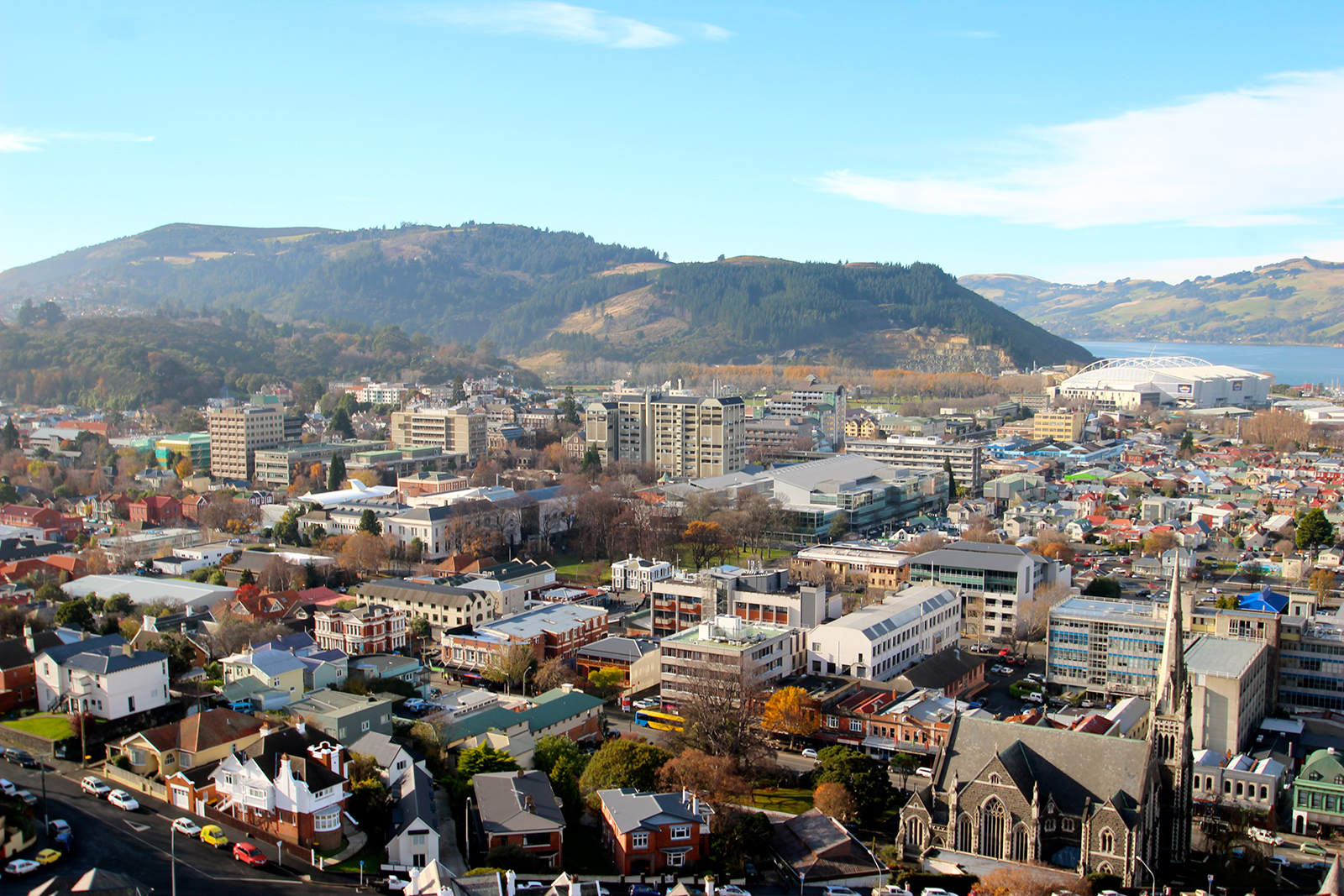
Dunedin North
From an outsider’s perspective, North Dunedin defines the city.
With the University of Otago in the heart of the suburb, the area is home to most of the institution’s students. And, along with students, comes “colour”. Whether it be the famous student flats, groups of people wandering around dressed in theme, or the sheer number of young people in a concentrated area – North Dunedin is a dynamic few blocks of the city.
The suburb sits 1.5km north east of the Octagon and includes the hospital, Otago Museum, Knox Church, Otago Polytechnic, Logan Park High School and Dunedin North Intermediate. The Dunedin Botanic Gardens, Forsyth Barr Stadium and University Oval also sit within its boundaries.
About 3400 people call North Dunedin home, according to the 2013 census. Reflecting the high percentage of student accommodation, only 3% of those people are over 65 and 1% are under 15 – compared to 14% and 18%, respectively, for Otago as a whole. Tellingly, only 5% of households are private dwellings, compared to 54% Otago-wide. Yes, student flats are the dominant dwellings.
